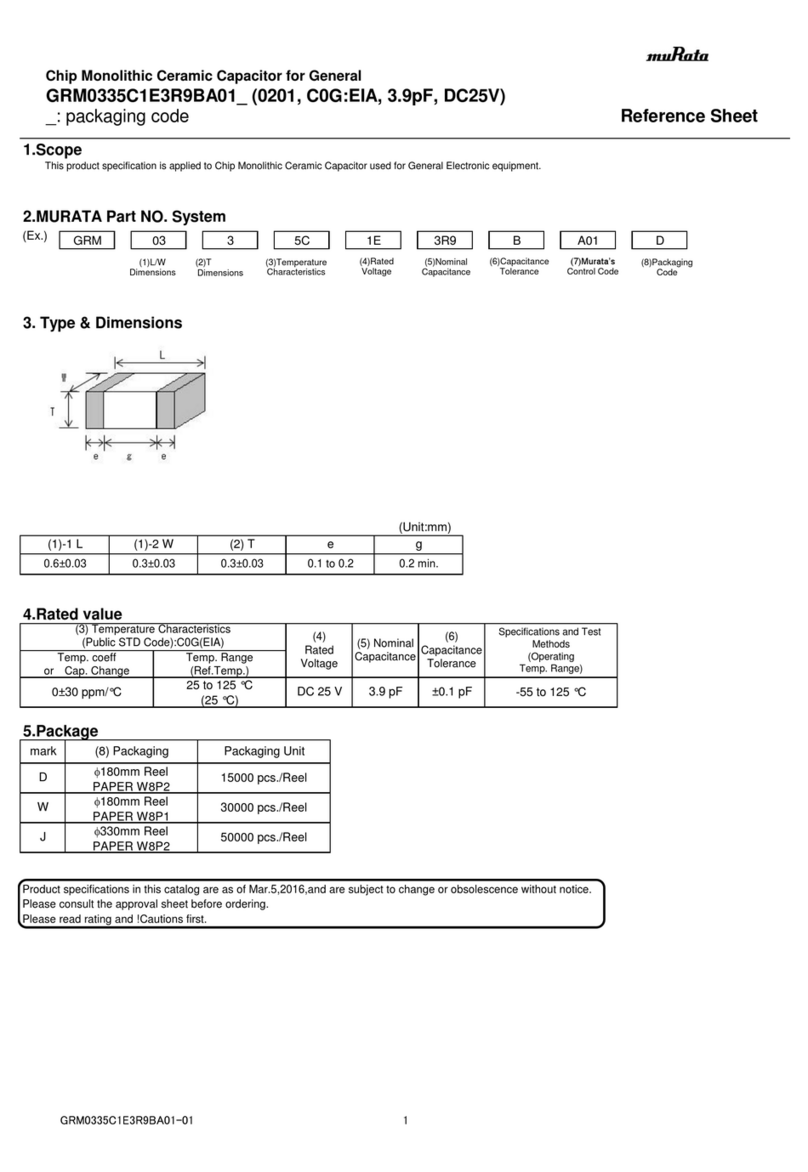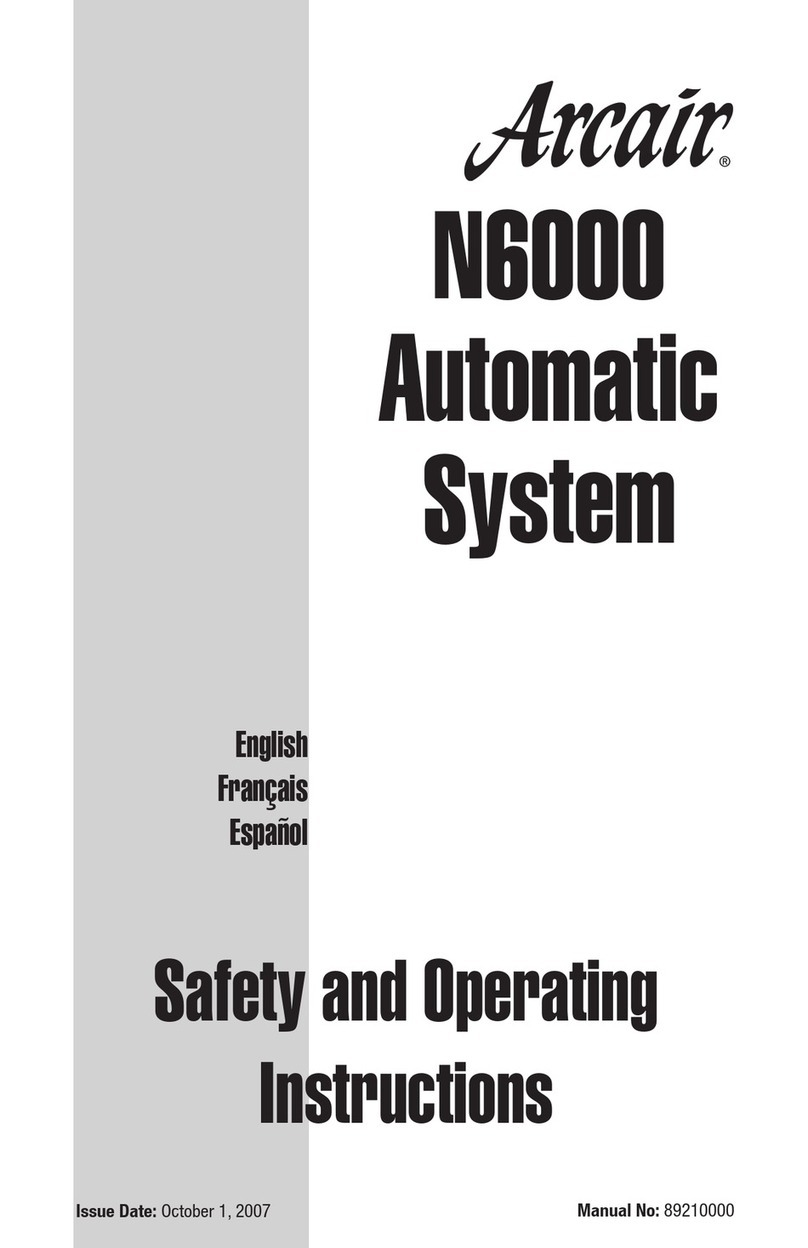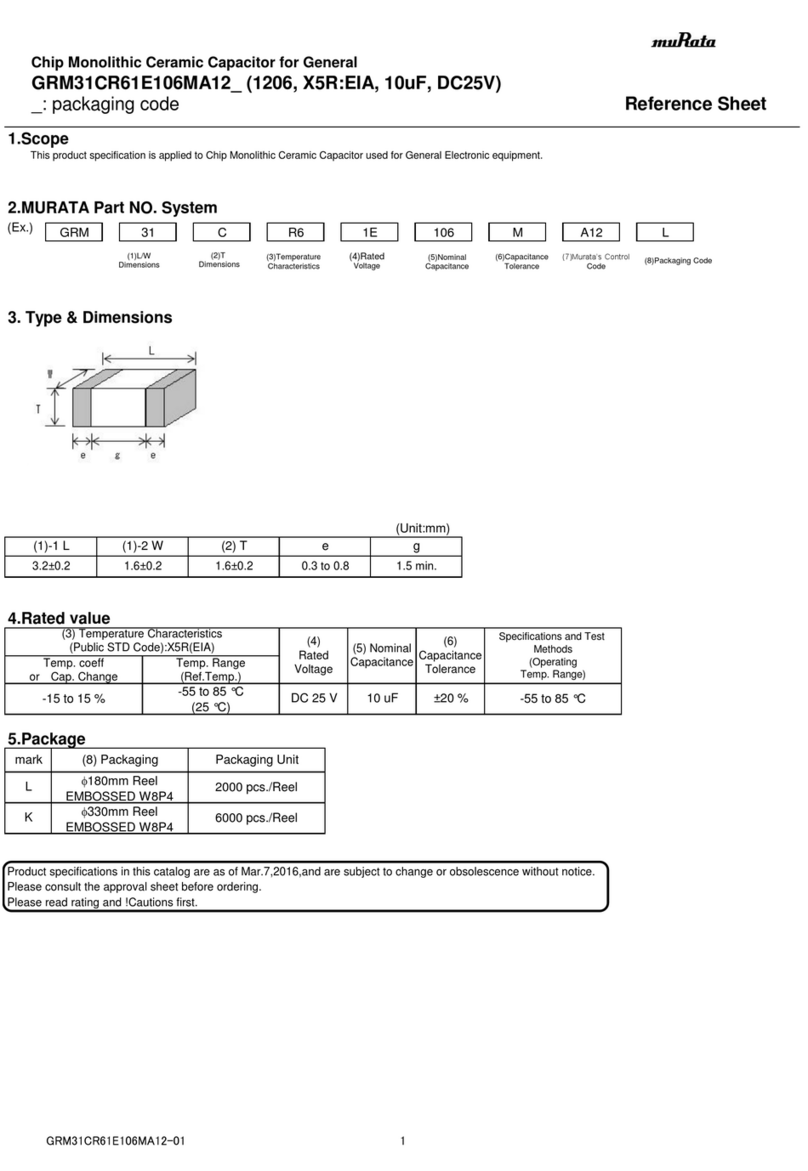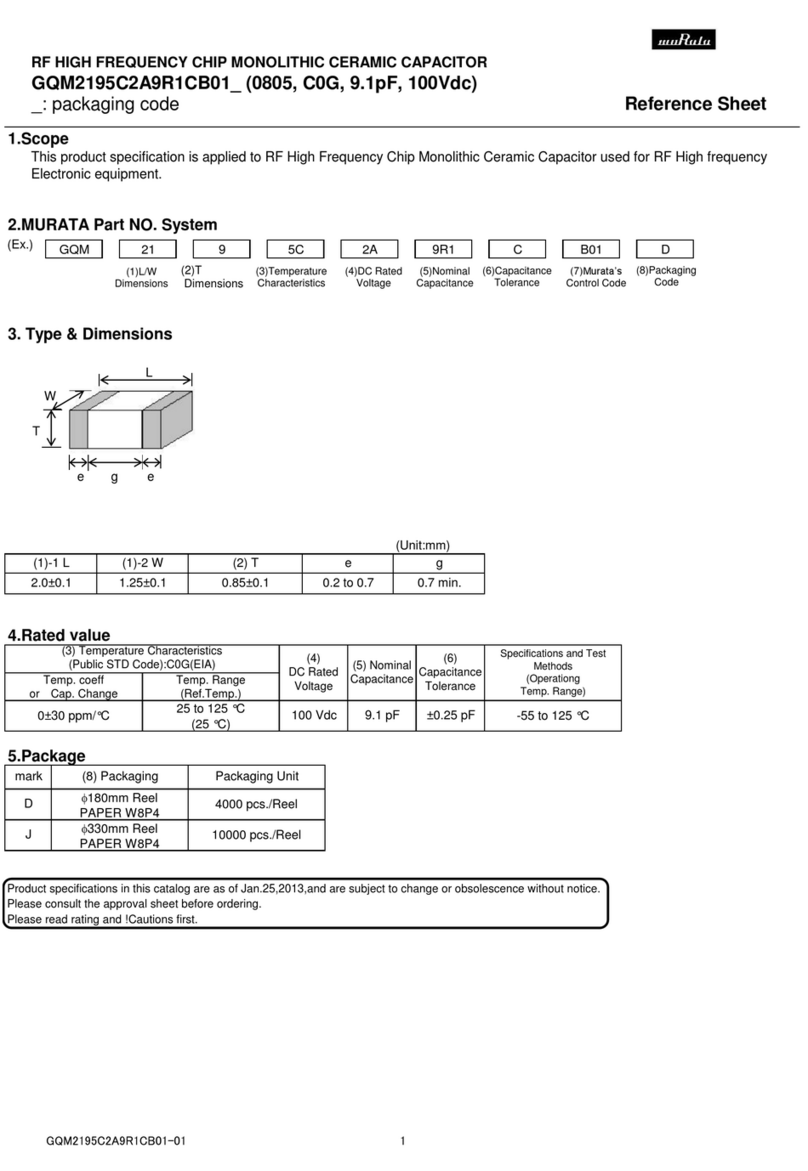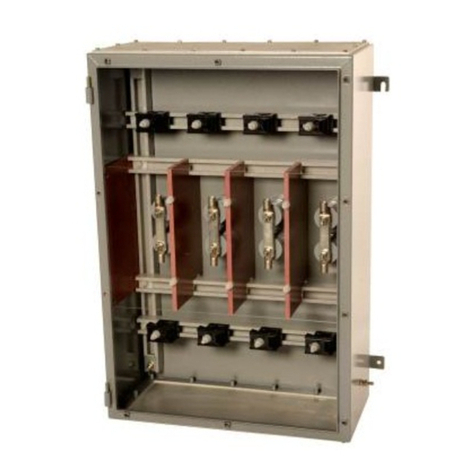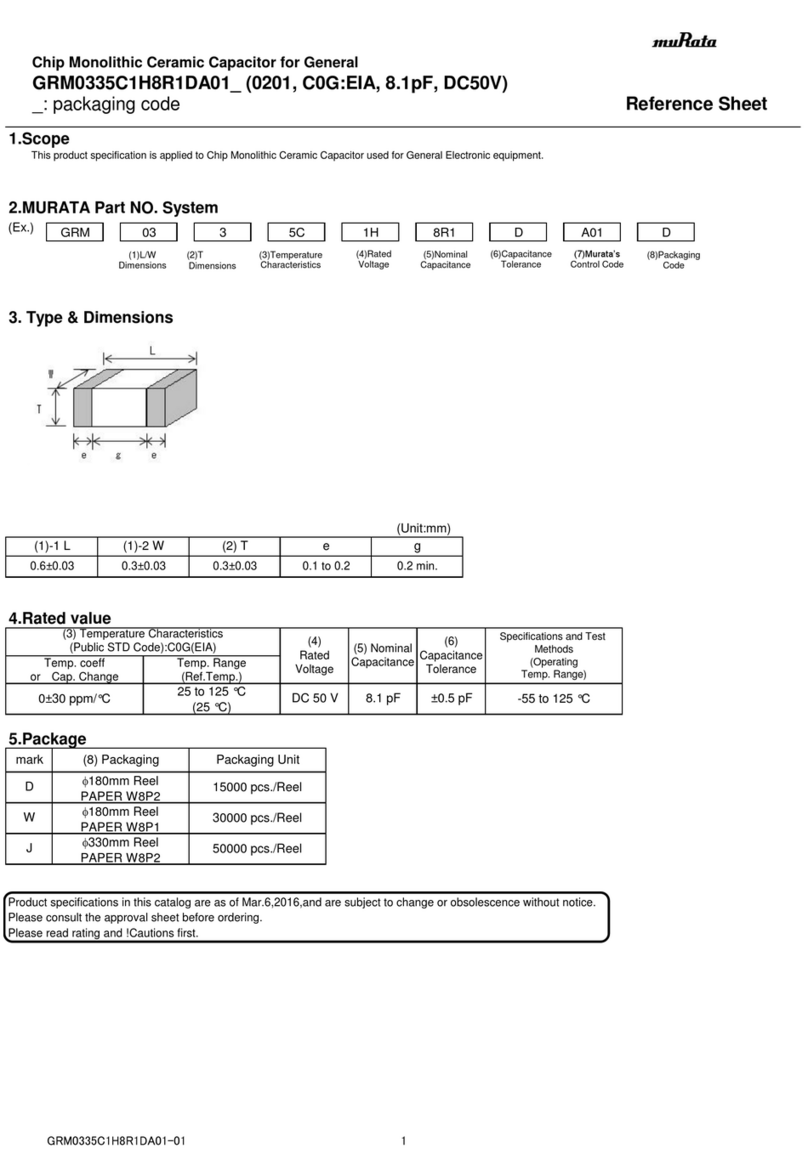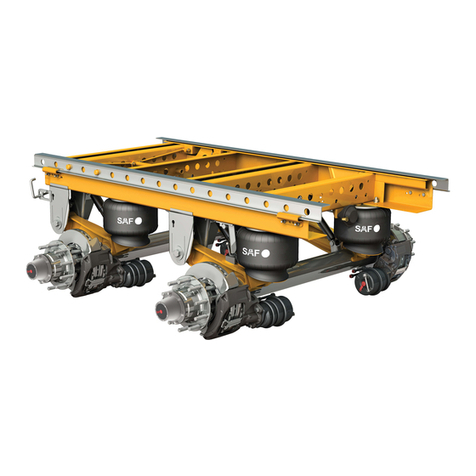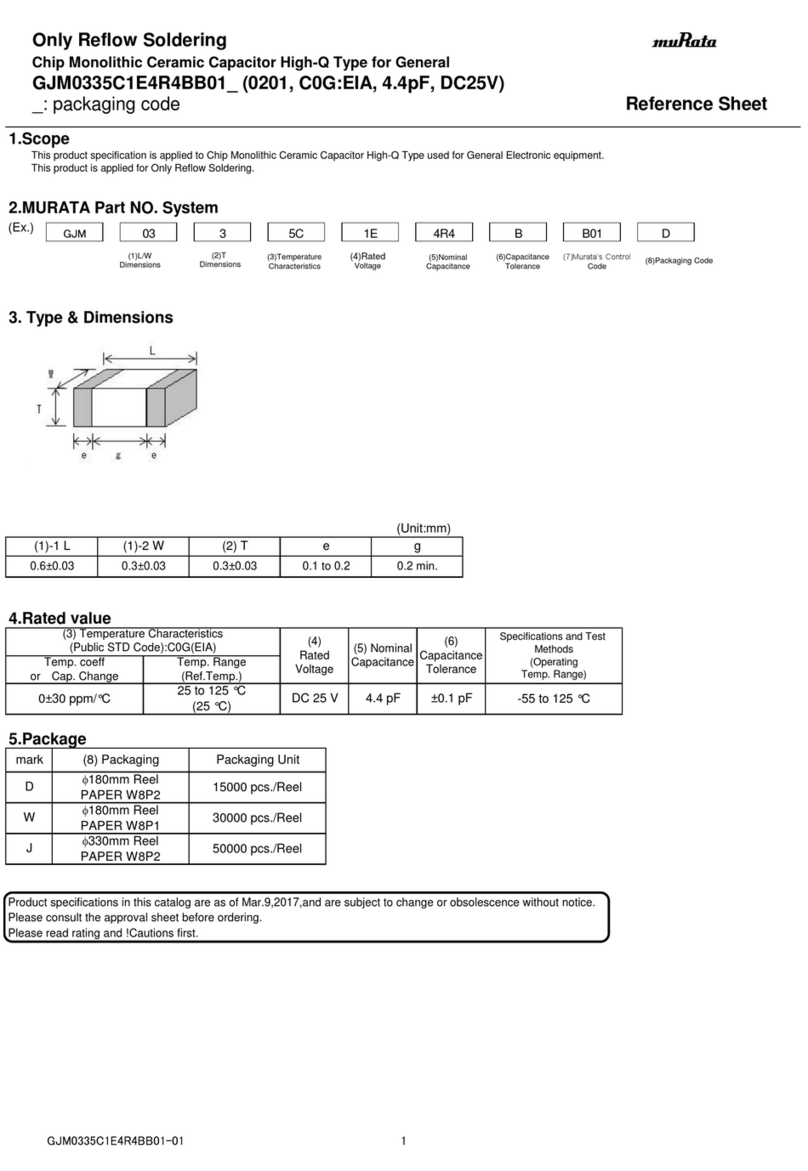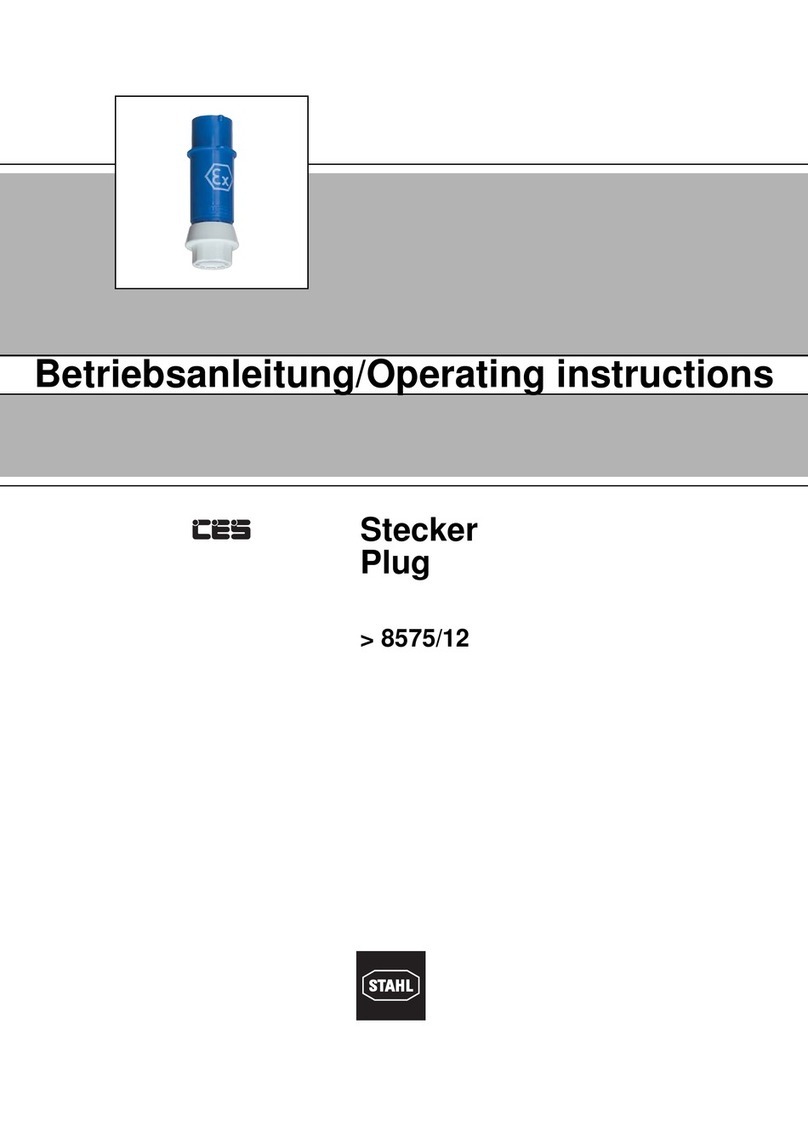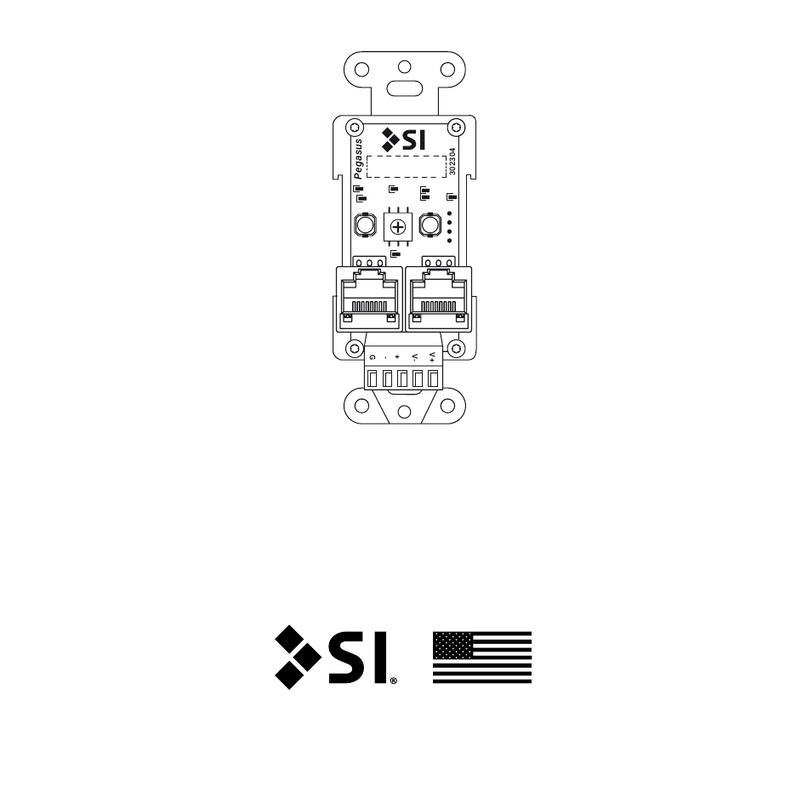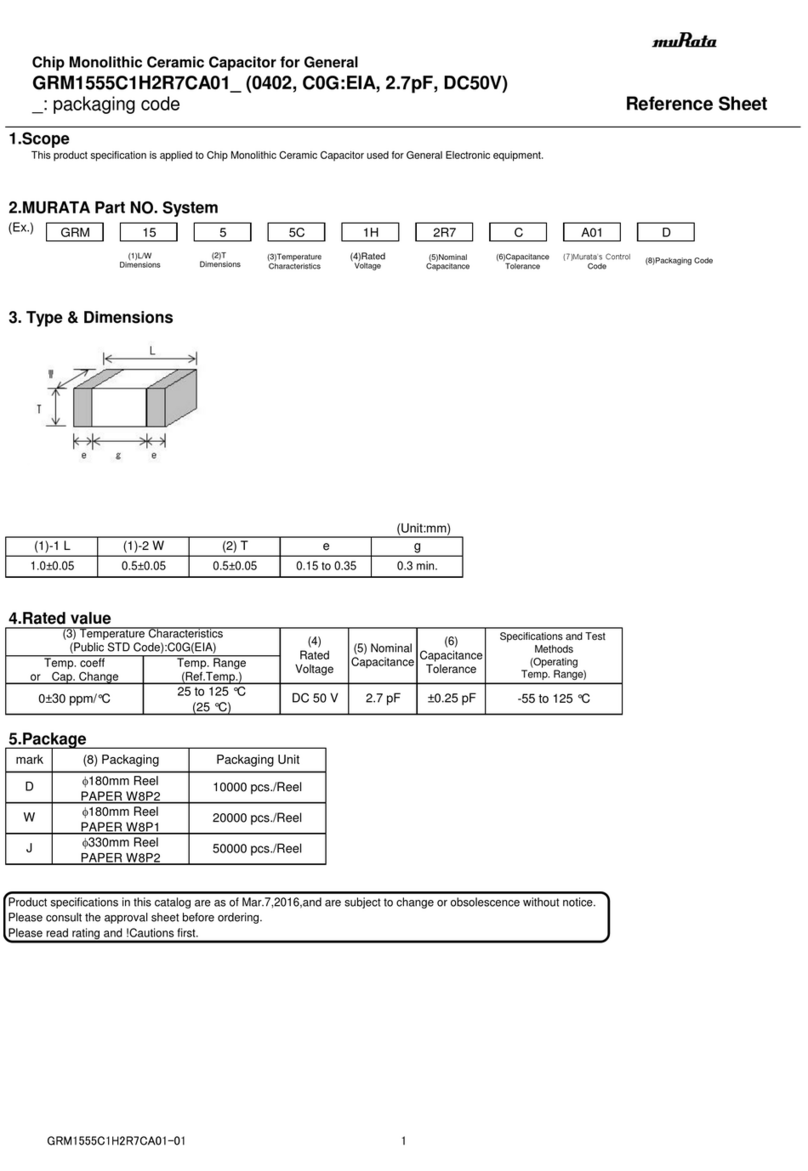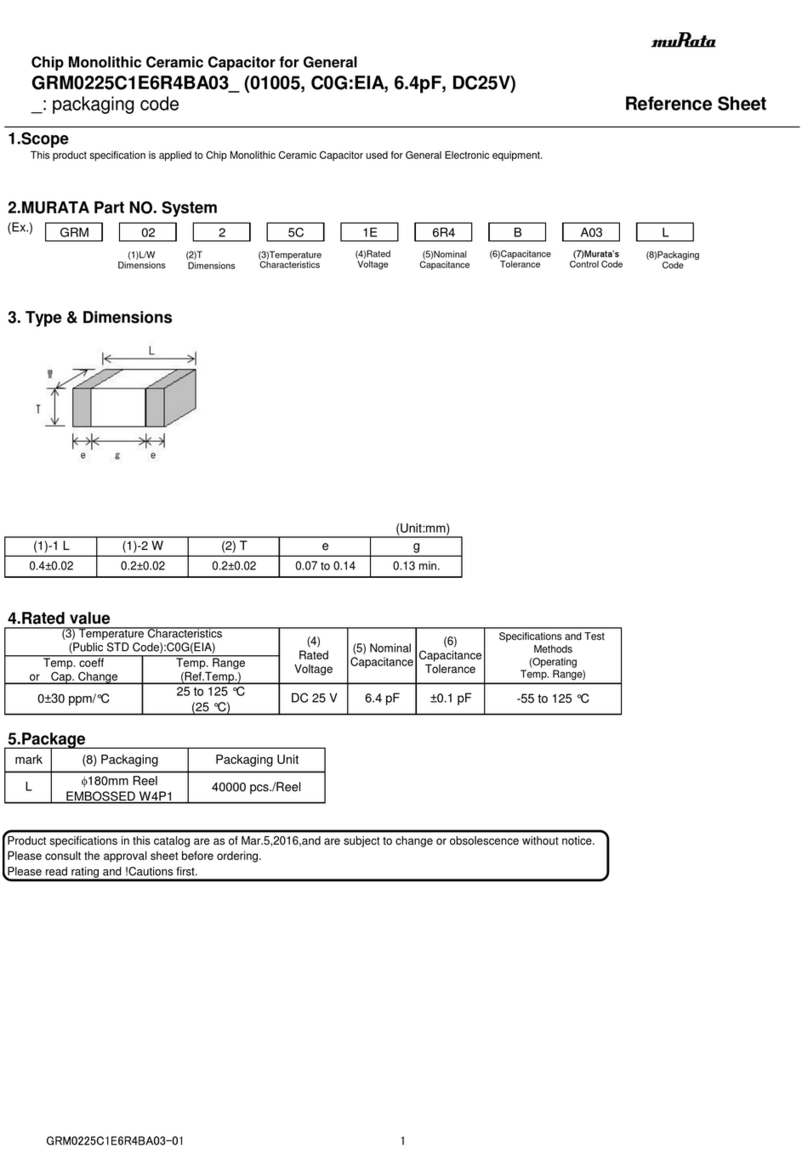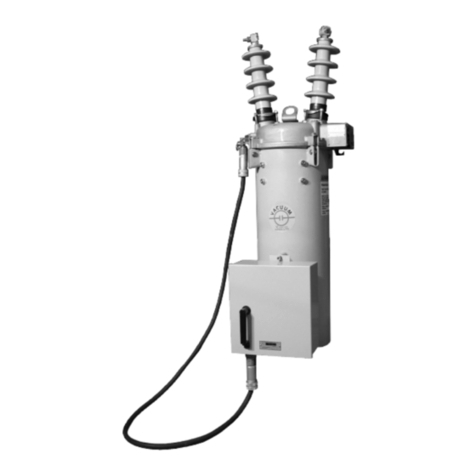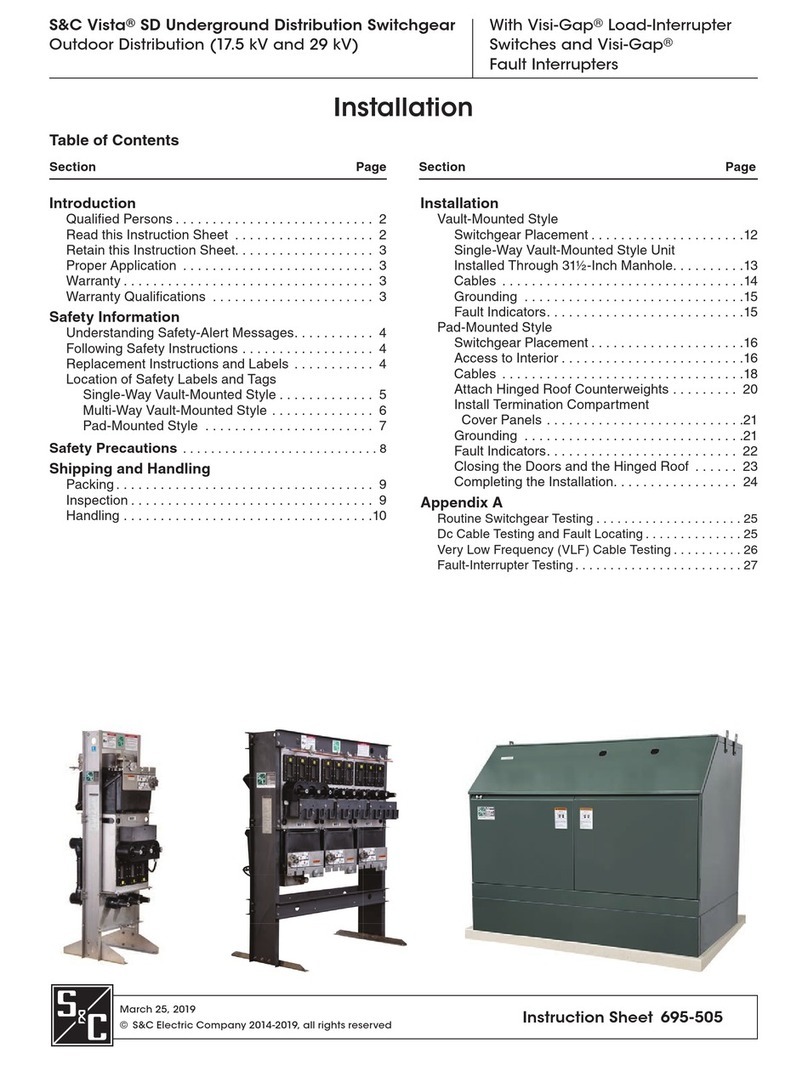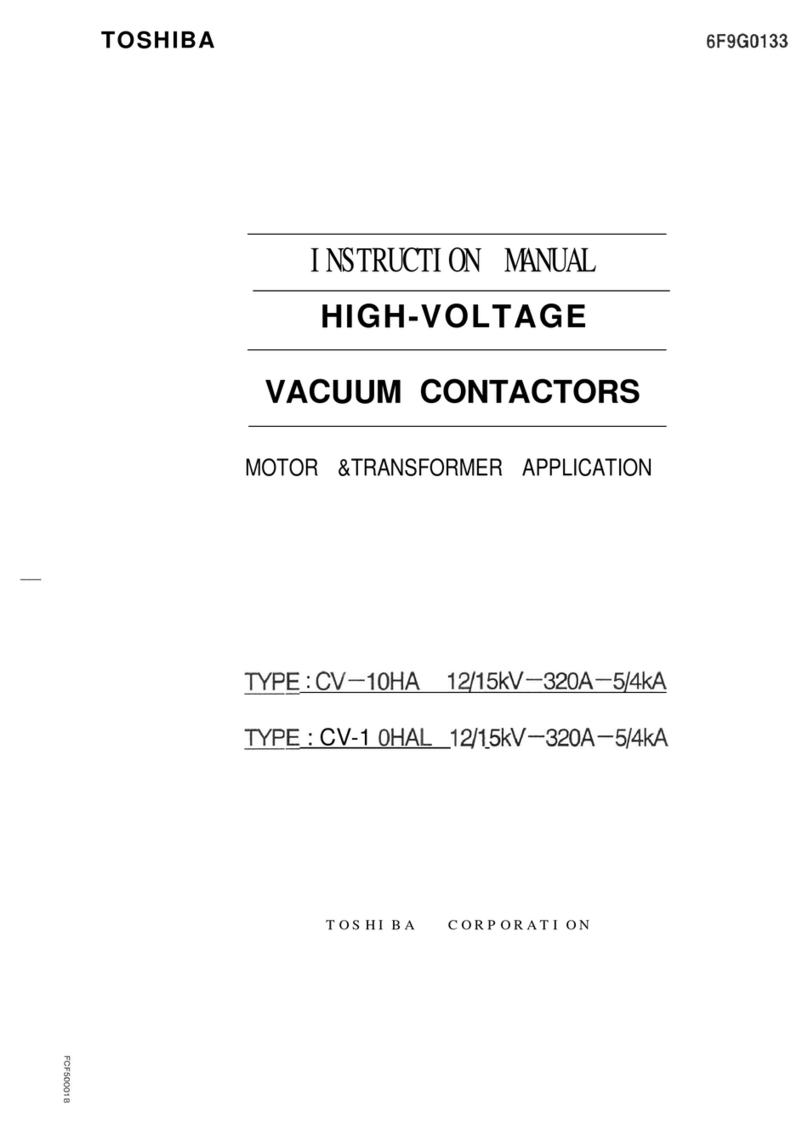
TABLE OF CONTENTS Page 4
SAFETY ..................................................................................................................................................1
INTRODUCTION .....................................................................................................................................6
GENERAL DESCRIPTION......................................................................................................................7
Components.................................................................................................................................7
- Contactor Components ..............................................................................................................7
Indicators and Controls................................................................................................................. 8
- ON/OFF Indicator.......................................................................................................................8
- Outline Drawing..........................................................................................................................8
RECEIVING, INSPECTION AND HANDLING .........................................................................................9
Receiving and Unpacking.............................................................................................................9
Acceptance Inspection .................................................................................................................9
Handling and Moving....................................................................................................................9
- Location of Wear Gauge ............................................................................................................9
INSTALLATION.......................................................................................................................................10
Ambient Conditions......................................................................................................................10
Rating Verification........................................................................................................................10
- Label Locations
Mounting the Contactor................................................................................................................11
Main Circuit Cable Connections ...................................................................................................11
Control Circuit Connections..........................................................................................................11
- Control Terminals Location.........................................................................................................11
PRE-ENERGIZATION CHECK................................................................................................................12
General........................................................................................................................................ 12
Electrical Checks..........................................................................................................................12
OPERATION ...........................................................................................................................................13
Moving Contactor from Disconnected to Connected Position .......................................................13
Moving Contactor from Connected to Disconnected Position ....................................................... 13
- Configuration of the Drive Unit ...................................................................................................14
MAINTENANCE ......................................................................................................................................15
Maintenance Program..................................................................................................................15
Maintenance Record ....................................................................................................................15
Servicing Equipment ....................................................................................................................15
Inspection and Maintenance Types..............................................................................................16
Table 1 – Tightening Torque ........................................................................................................16
Table 2 – Check Points for Periodic Inspection ............................................................................17
Table 3 – Wear and Replacement Values ...................................................................................19
